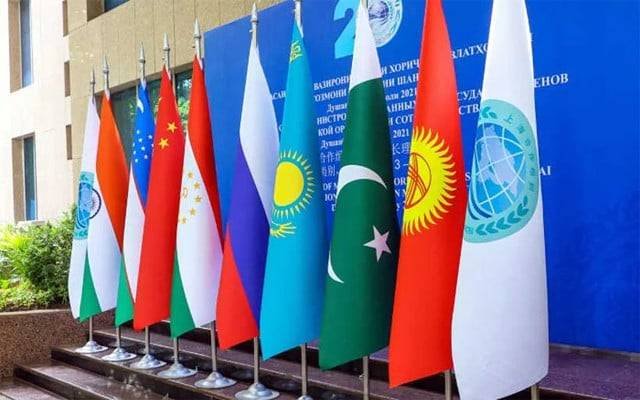Shamreen Nawaz Khawja
Gender identity refers to an individual’s deeply-felt internal experience of gender, which may be different from the sex assigned to them at birth. It is a fundamental aspect of a person’s identity and may include being male, female, a blend of both, or neither. Gender identity is important for a society because it contributes to a person’s sense of self and how they relate to the world. Recognizing and respecting diverse gender identities is crucial for creating an inclusive and supportive society where everyone can live authentically and without fear of discrimination or marginalization. By acknowledging and respecting diverse gender identities, society can promote equality, understanding, and empathy for all individuals, regardless of their gender identity.
Asia, a continent of rich geographical diversity, cultural heritage, and history, holds within its embrace a complex and challenging landscape of gender identity. The struggles of women in Asian societies are well-documented, but the silent battles faced by men often remain unseen. For instance, in some parts of Asia, individuals who identify as transgender or non-binary face legal and social discrimination, making it difficult for them to live authentically. From suppression to emotional repression, men and women alike grapple with their own set of challenges, each deserving of recognition, empathy, and support.
The gender landscape in Asia is multifaceted, with women encountering suppression, oppression, violence, discrimination, harassment, and abuse. Despite notable milestones such as the election of Indira Gandhi as India’s first female prime minister, the reality of gender discrimination persists for many women, particularly those from less privileged backgrounds. While prominent female figures symbolize progress, the pervasive danger women face in their everyday lives remains a harsh reality.
However, the struggles of men in Asian societies should not be overlooked. From birth, men are burdened with immense societal expectations, often leading to silent suffering. The cultural notion that “boys don’t cry” forces men to suppress their emotions, which can result in destructive outbursts or unhealthy coping mechanisms, such as alcohol dependence. It’s the responsibility of our society to create safe spaces where men can express their feelings without fear of judgment, addressing these societal pressures and improving men’s mental health.
In bridging the gender divide, sustainable, holistic approaches are necessary to empower both men and women to express themselves freely, without fear or shame. Parents, schools, and communities play crucial roles in shaping the next generation, providing children with the freedom to express their emotions and struggles, regardless of gender. However, the responsibility does not solely lie with them. Policymakers need to enact laws that protect the rights of all genders, and educators need to incorporate gender identity education into school curriculums. By nurturing values of morality, ethics, tolerance, and emotional well-being, a more equitable and harmonious society can be achieved.
In conclusion, the complexities of gender identity in Asian societies call for a deeper understanding of the silent struggles faced by both men and women. By acknowledging and addressing these challenges, and by fostering empathy and support, we can strive towards a more inclusive and compassionate society for all. It’s time to raise our voices and take action, guided by empathy, to create a more just and empathetic world for both men and women in Asia.

















































